In the wake of Charlie Kirk’s assassination, Democratic lawmakers and commentators found themselves in a quandary. On the one hand, most of them loathed Kirk. On the other, many felt that they should try to hold the line condemning the shooting through the throat of a young husband and father at an American university.
These so-called ‘anti-fascists’ started behaving like nothing so much as the fascists they were searching for
The New York Times’s Ezra Klein was among those who dipped his toe into the water, writing a piece within the day titled “Charlie Kirk was practicing politics the right way.” Unfortunately, Klein then found himself the subject of a backlash from others on the left who thought that by praising Kirk’s invitation to nonviolent debate, he was somehow “legitimizing” Kirk’s views.
In order to try to tidy up this controversy, Klein invited on to his NYT podcast the Democratic left’s most sacred figure – the memoirist Ta-Nehisi Coates – to carry out a public struggle-session on Klein. Giving Coates all the deference that the NYT believes is his due, Coates and Klein tried to have the “difficult conversation” about why Coates had reacted negatively to Klein’s initial piece. Coates said that since Kirk’s murder he had, with his usual degree of research, watched some “clips” of the right-wing speaker. He did not like what he saw. In fact, he concluded that Kirk was anti-black, anti-gay and anti-trans. Or, as Coates elegantly summed it up: “This dude was wrong.”
Yet the most important moment in an otherwise interminable conversation was when Klein tried to explain what he was thinking when he wrote his initial condemnation of Kirk’s murder. Coates gave the telling reply: “Was silence not an option?”
And there it was. The same people who had been telling Americans for the past decade that “silence” in the face of violence is “complicity,” that “silence is violence,” now preaching that silence should, in fact, be an option after a political assassination. Welcome to the current state of the American left.
It should not be necessary to rehearse the litany of left-wing violence that has scarred America for the past decade. But it is probably worth repeating some of it.
Firstly there was the emergence, early in the past decade, of the groupings that became known as “antifa.” In fact, these so-called “anti-fascists” started from the get-go behaving like nothing so much as the fascists they everywhere searched for. While hunting for “literal Nazis” in cities such as Portland, Oregon, they got away with attacking federal buildings on a nightly basis, shooting up businesses which antifa claimed were “fascist” and attacking and hospitalizing journalists who reported on their activities.
One of the main targets of antifa activists over the past decade has been federal buildings and any federal agency. These activists dressed head to toe in black and covered their faces with masks long before the Covid-19 virus made masking popular. Yet you would have to scour the newspapers over the past decade to find full-throated condemnation of antifa from Democratic politicians and pundits. Most either ignored antifa’s growth, minimized it or, when questioned, said that it is a good thing to be anti-fascist. Which it is. But that completely ignores the fact that antifa were the ones behaving like fascists.
Compare that lack of condemnation with the words that prominent Democrats have used – in recent weeks alone – to describe one of the main targets of antifa: ICE. The former vice-presidential candidate and current Governor of Minnesota, Tim Walz, described ICE officers as the “Gestapo.” The Democratic Mayor of Boston, Michelle Wu, described them as “neo-Nazis.” And the oh-so moderate Governor of California, Gavin Newsom, described them as the “secret police.” Politicians who reserve their strongest language for government agencies and their most milquetoast comments for vandals parading the streets might be said to have an extremism problem. But it is only in recent months that this has come into even plainer sight.
The language that the Democrat left has long been using against mainstream Republican voters has spiraled out of all reasonable control. Joe Biden, Kamala Harris, Nancy Pelosi and almost every other major Democrat leader of recent years repeatedly insisted that Donald Trump was “an existential threat to democracy” and that his victory in a free and fair election would herald a Nazi era in America. By almost any reasonable analysis, this would be described as deranged.
But it has long been mainstream rhetoric in the Democratic party and its organs such as MSNBC and the New York Times to describe Trump and his voters in this way. And it has remained so, even after Trump himself suffered not one but two very near misses in assassination attempts against his life. Perhaps some of the Democrats and party mouthpieces who parrot the “Nazi” line seriously believe this. Others – perhaps more often – use these slurs because they are the strongest rhetorical armory they can deploy. Last month, after Kirk’s assassination, Gavin Newsom’s press office was having a perfectly normal Friday night by posting a message on X saying, in capitalized letters: “Stephen Miller is a fascist.”
This despite the fact that such rhetoric, used against Kirk for years, appears to have persuaded the young man who took the shot that (in the suspected assassin’s own words) he “had enough of [Kirk’s] hatred. Some hate can’t be negotiated out.” The goons of antifa, whose ideology Kirk’s assassin evidently aligned with, have spouted for years the line that the only good fascist is a dead one. The helpful proviso is that they get to decide who the fascists are.
The Democratic left had already broken the taboo on attacking federal agents, allowing them to be normalized in the “mostly peaceful” summer of 2020, when the police were the ones in the crosshairs of the left. But even that was nothing compared with the demonization of federal agents working for ICE.
Only days after Kirk’s assassination, another young gunman got on to the roof of a building and fired. Joshua Jahn – also in his twenties – scaled a building in Dallas to shoot at an ICE facility there. Like Kirk’s assassin he ornamented his bullets with slogans. While Kirk’s assassin had inscribed antifa slogans such as “Hey fascist, catch,” on his bullets, Jahn adorned his with “Anti-ICE” slogans. Jahn fired at ICE officers but managed, in a cruel twist, to kill one detainee and wound two others before turning the gun on himself. Jahn killed a foreign immigrant in the name of anti-fascism, which is certainly another vindication for those who have pointed out that antifa are not who they say they are.
The attack was carried out not by a MAGA Republican but by a crazed gunman acting for a ‘Free Palestine’
At this stage, Democrats have a predictable retort: to point to acts of violence against Democrats. One of the most-cited examples is the violence carried out against the Governor of Pennsylvania. As a talking point, this is suitably vague and untrue. The reference is to the firebomb attack on Josh Shapiro’s official residence in April. The Molotov cocktail attack was indeed an appalling act. But it was carried out not by a MAGA Republican, but by a crazed man in his thirties who claimed to be acting in the name of a “Free Palestine.”
You would have thought that an attack on a Jewish Democrat’s home in the name of Palestine might itself give off a certain “fascist” vibe. But if so, it is one that the Democratic media and politicians have chosen to gloss over. Indeed, many have hoped to turn into an example of equal violence on the political sides.
Again, it shouldn’t need saying that political violence can come from any and all political sides. But it clearly does need saying that if one side flirts with political violence or excuses political violence or believes that “saying nothing” is, in fact, a good response to political violence, then it should be incumbent on people of all sides to (adopting the left’s loathsome vernacular) call it out.
Some Democrats thought that they had a fine moment of “both sides-ism” when a gunman targeted Democratic lawmakers in Minnesota in June. That attack included the murder of state representative Melissa Hortman and her husband Mark in their home in Brooklyn Park, Minnesota. And the (thankfully non-fatal) shooting of Senator John Hoffman and his wife at their home. Although some, including Walz, put this down as an act of political violence, one reason why the heinous attack has already receded in the collective memory is that firstly, no prominent figure on the American right failed to condemn the attack; and secondly, that the suspected gunman, one Vance Luther Boelter, turned out to have been a two-time Walz political appointee.
It presently feels inevitable that America will continue to see acts of political violence, either orchestrated against federal agents or in attacks like that carried out by the reprehensible and radicalized young man who chose to take the life of Charlie Kirk. There are questions as to how to mitigate the risk to prominent individuals. After all, an attempt on the life of Trump-appointed Supreme Court Associate Justice Brett Kavanaugh was successfully stopped (albeit a little late for comfort) in June 2022. But it is hard to imagine any world in which every politician, pundit and public figure in American life could be protected from violence at all times.
The question then, is whether or not Democrats and Republicans can hold one very basic line. A line which it has been perfectly possible for people on both sides of the aisle to stick to for years. Not just to condemn violence in the pursuit of political goals, whatever those goals, but to agree that on this matter – above all others – silence is not, in fact, an option.
Douglas Murray is an associate editor of The Spectator. His latest book is On Democracies and Death Cults. This article was originally published in The Spectator’s October 13, 2025 World edition.











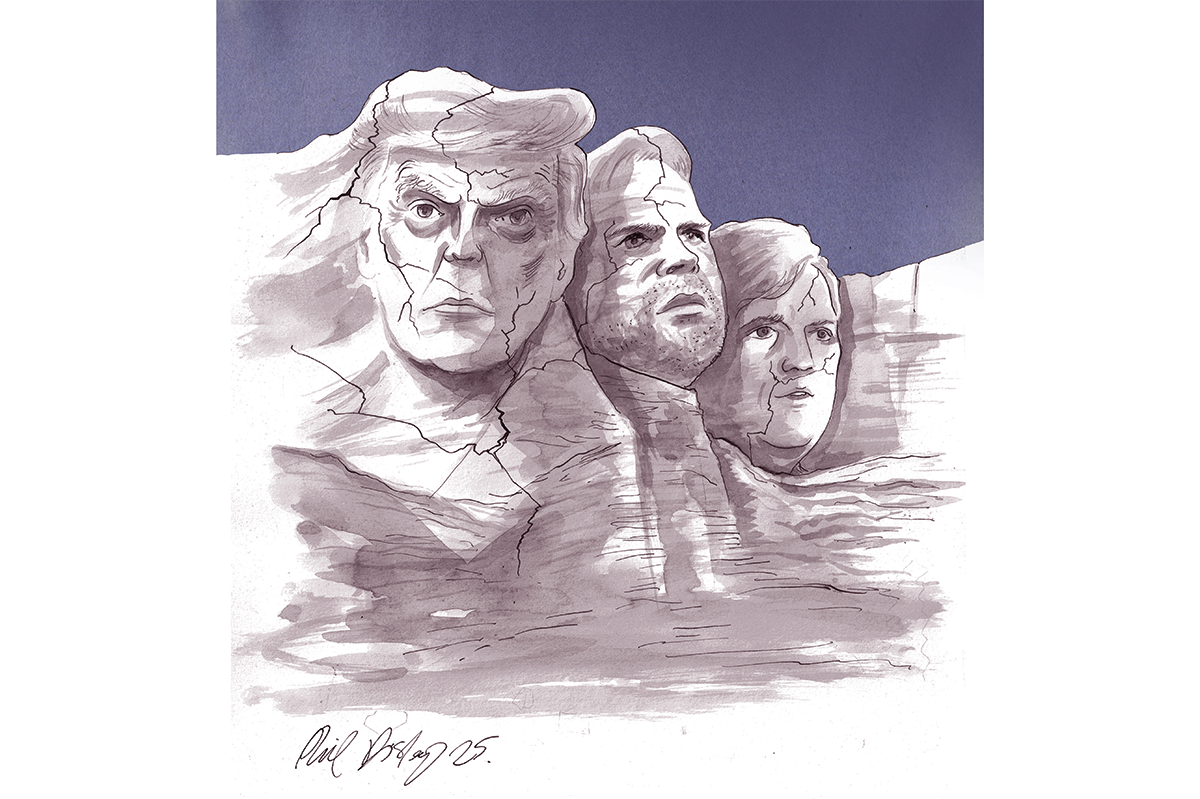

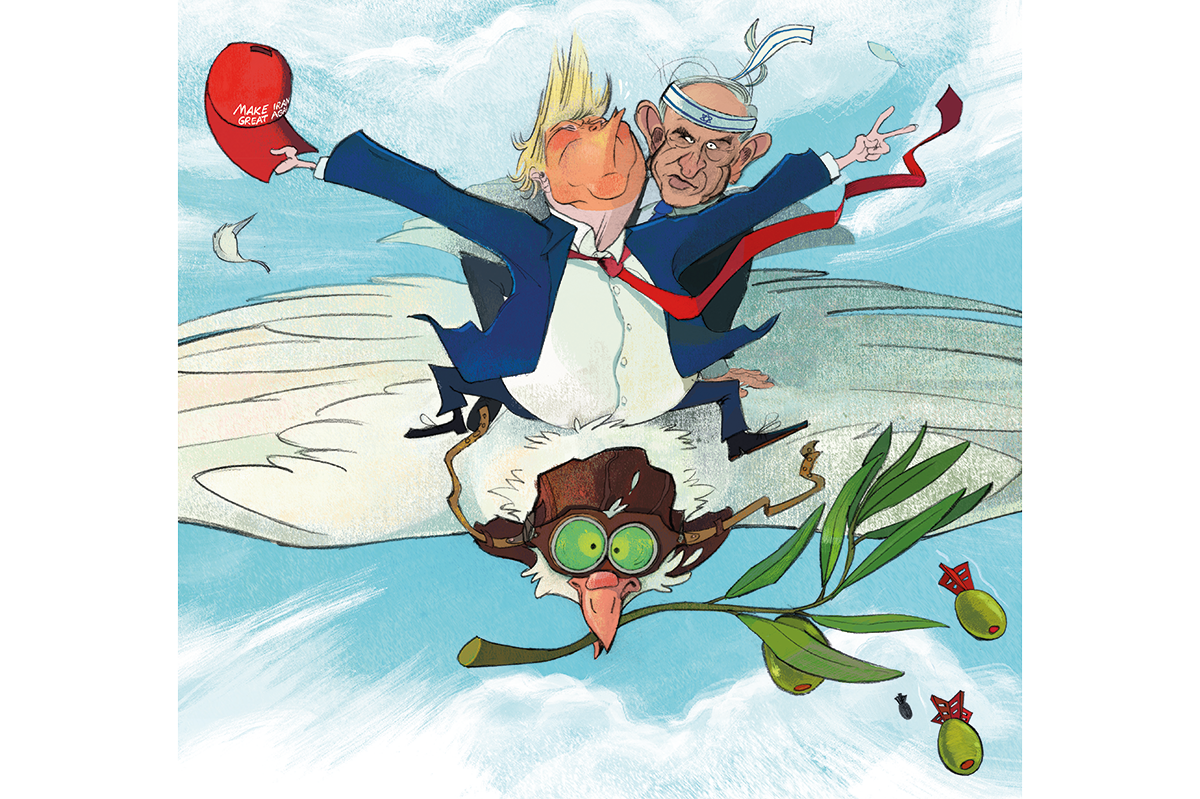
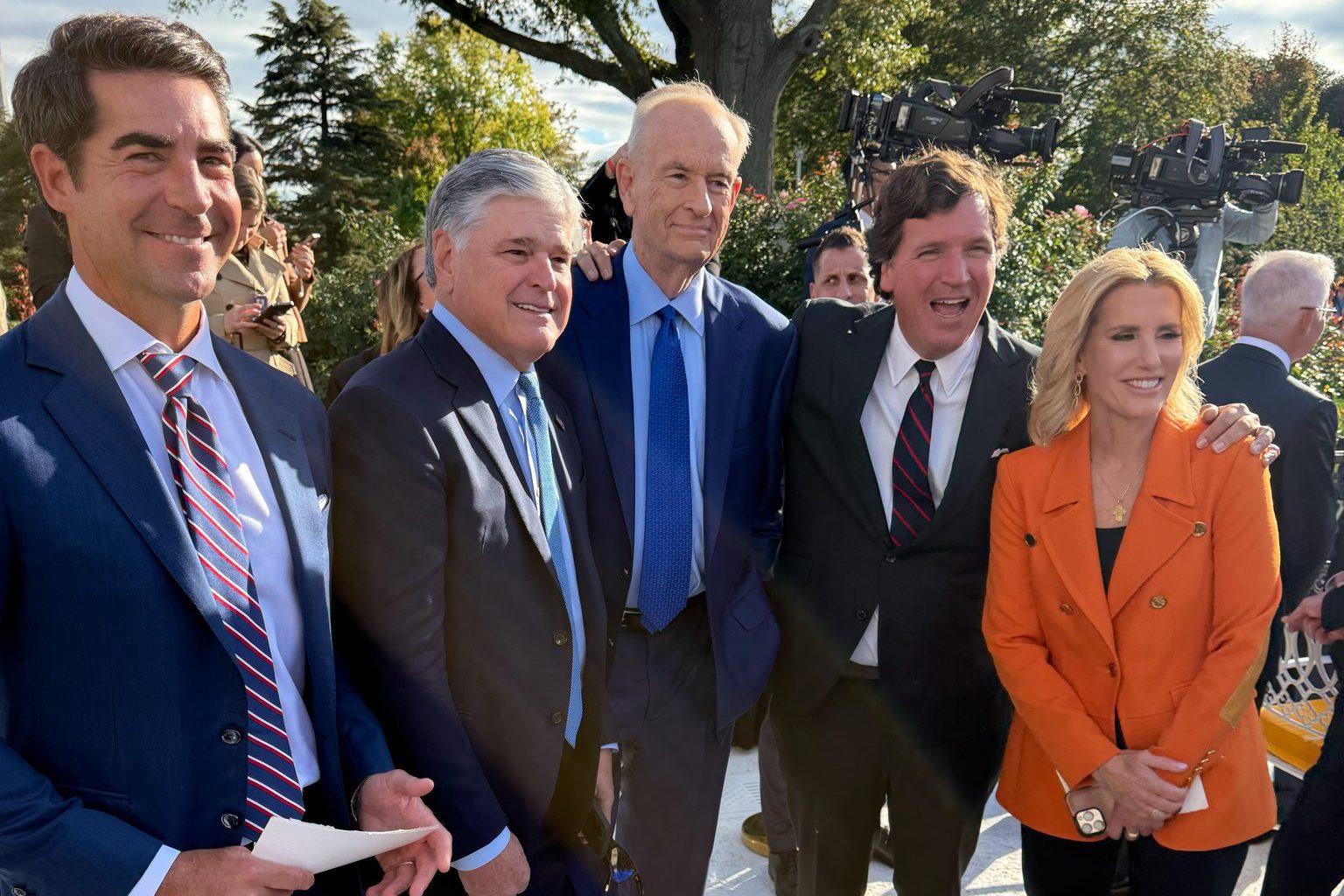
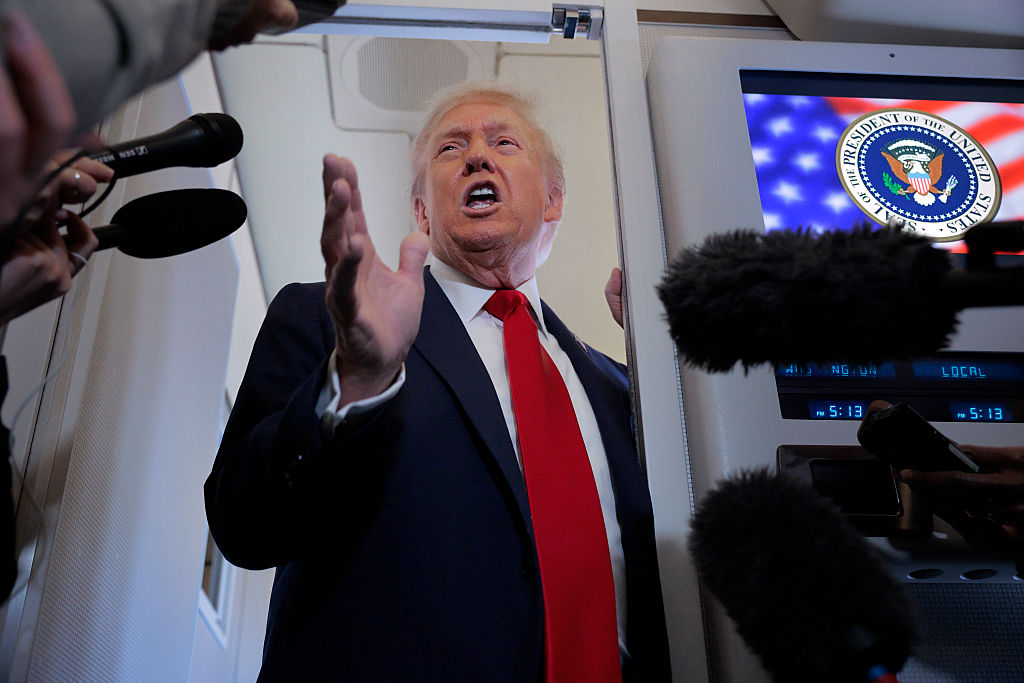

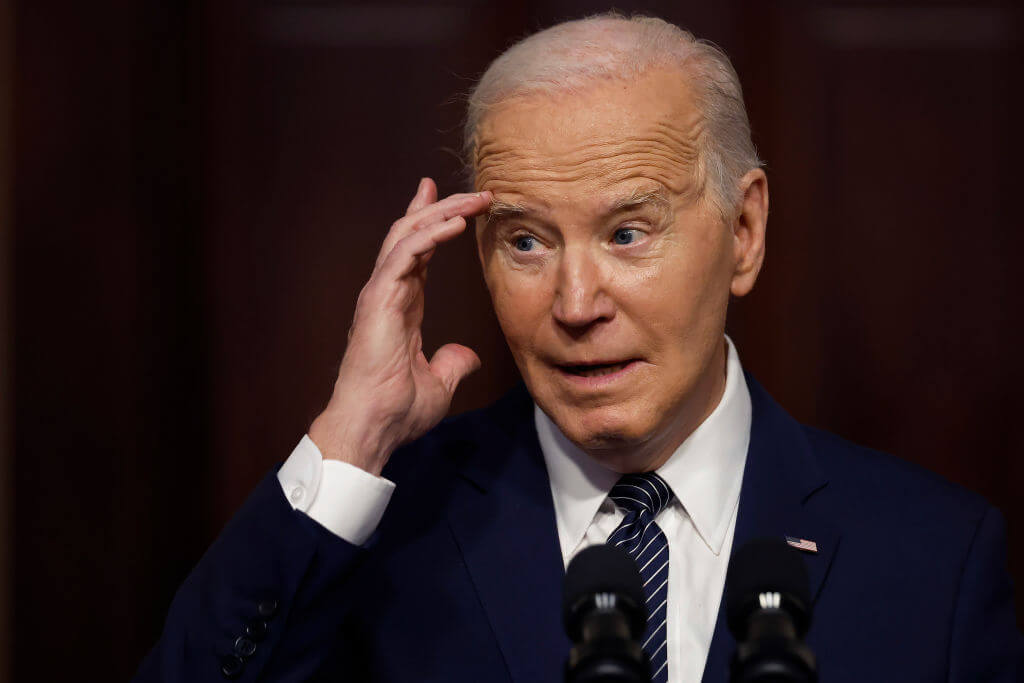



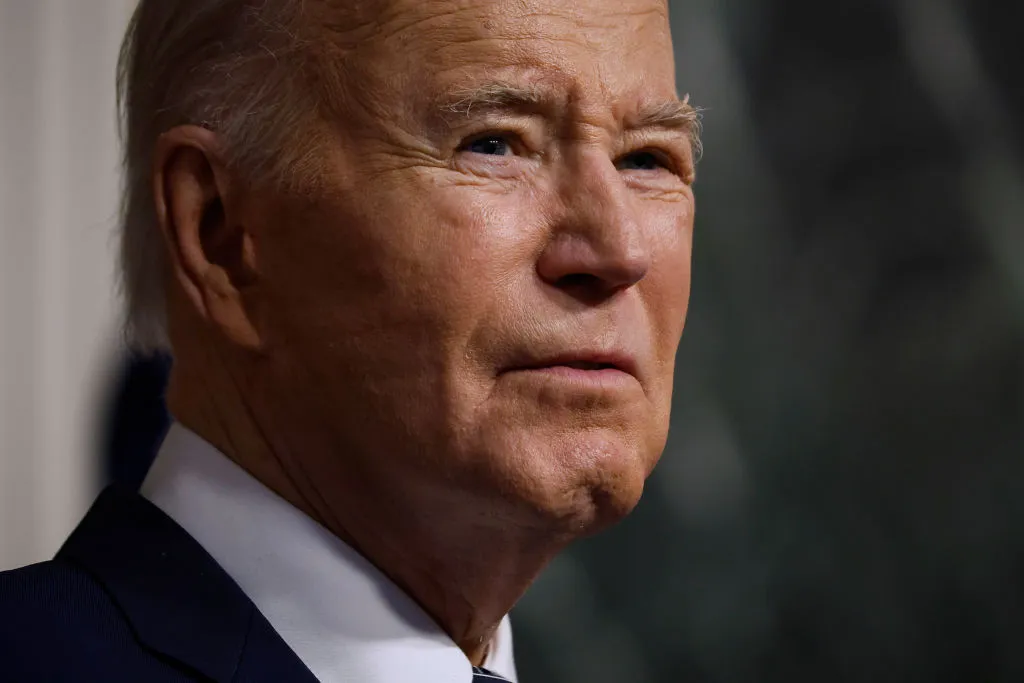

Leave a Reply